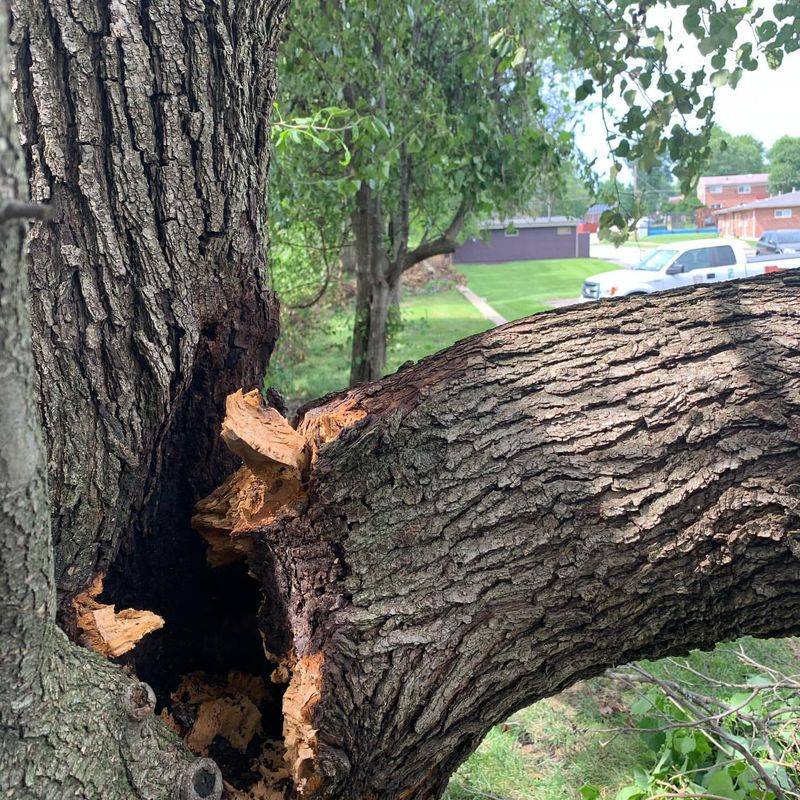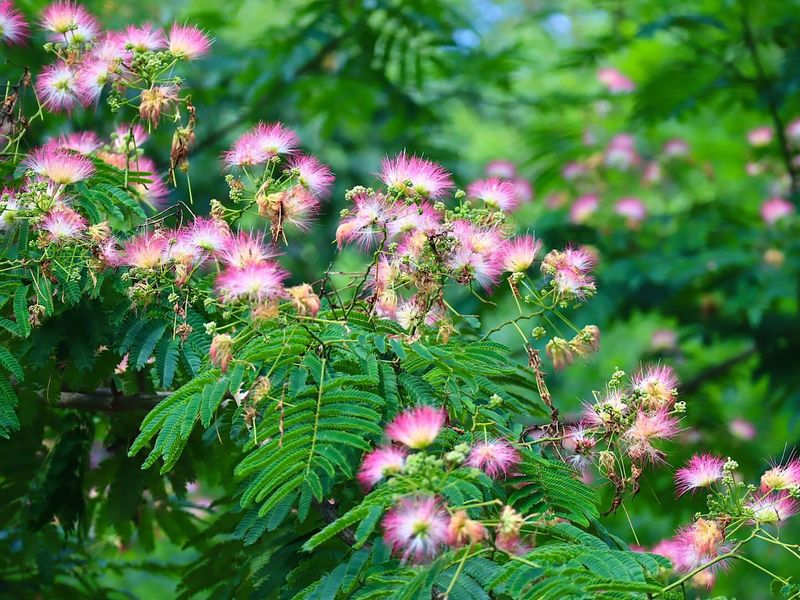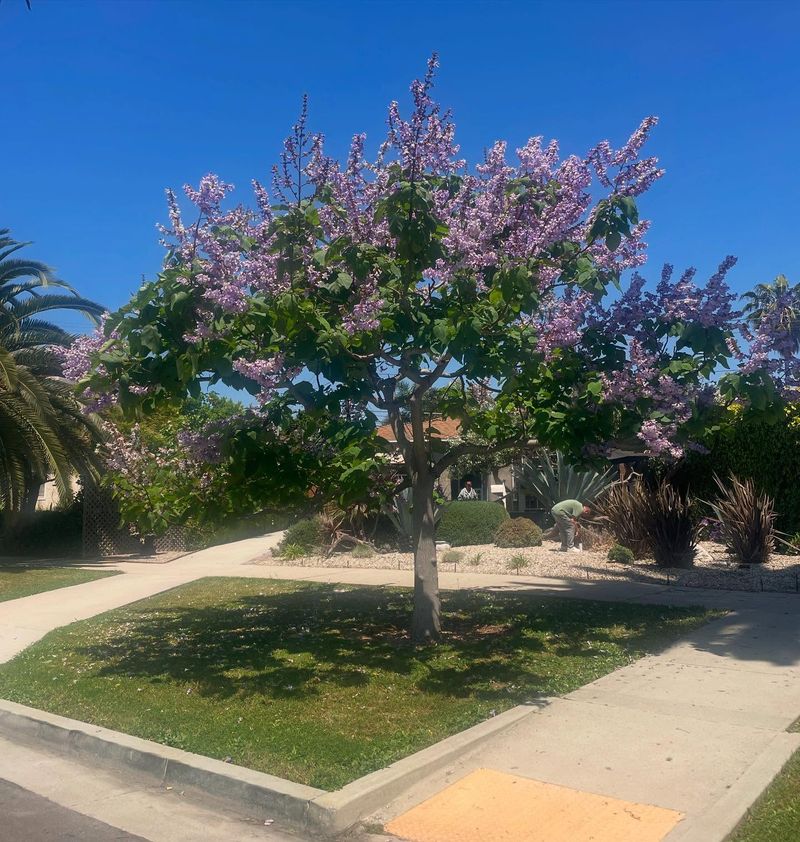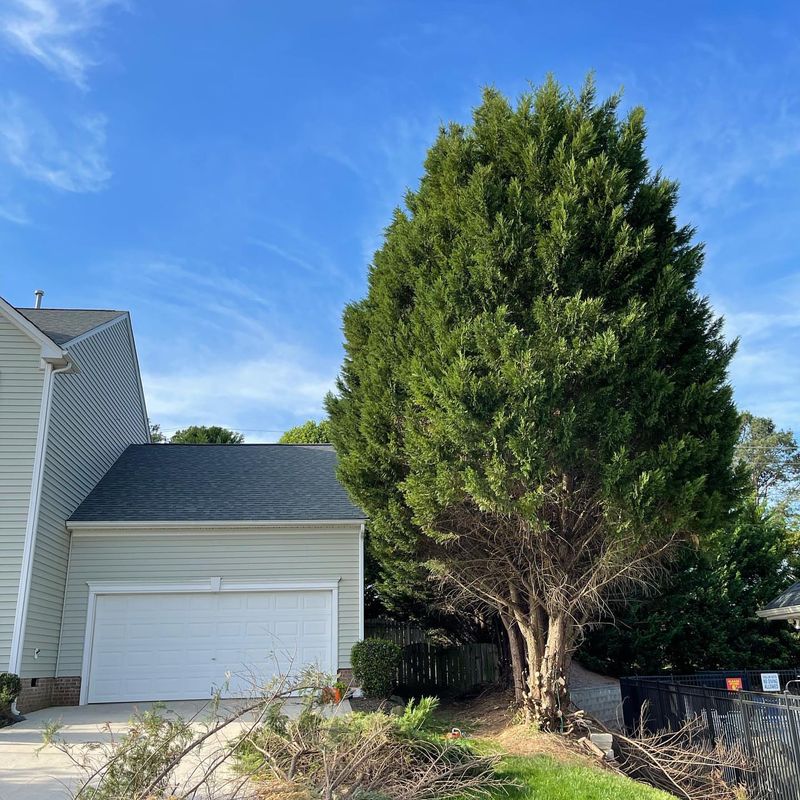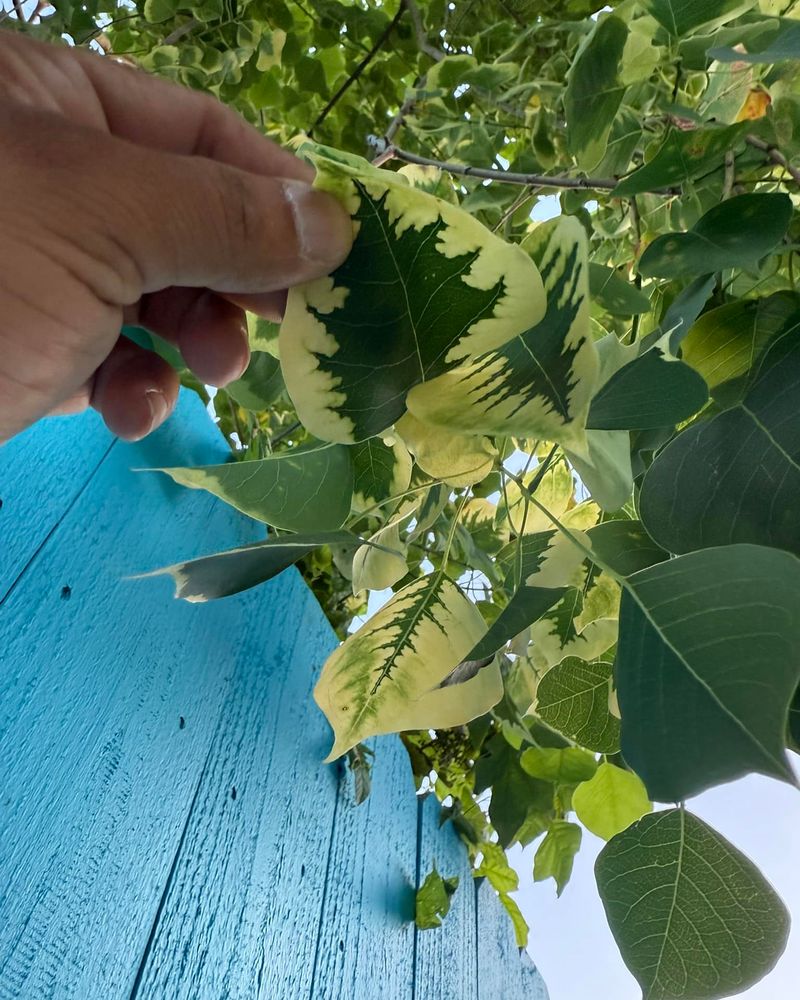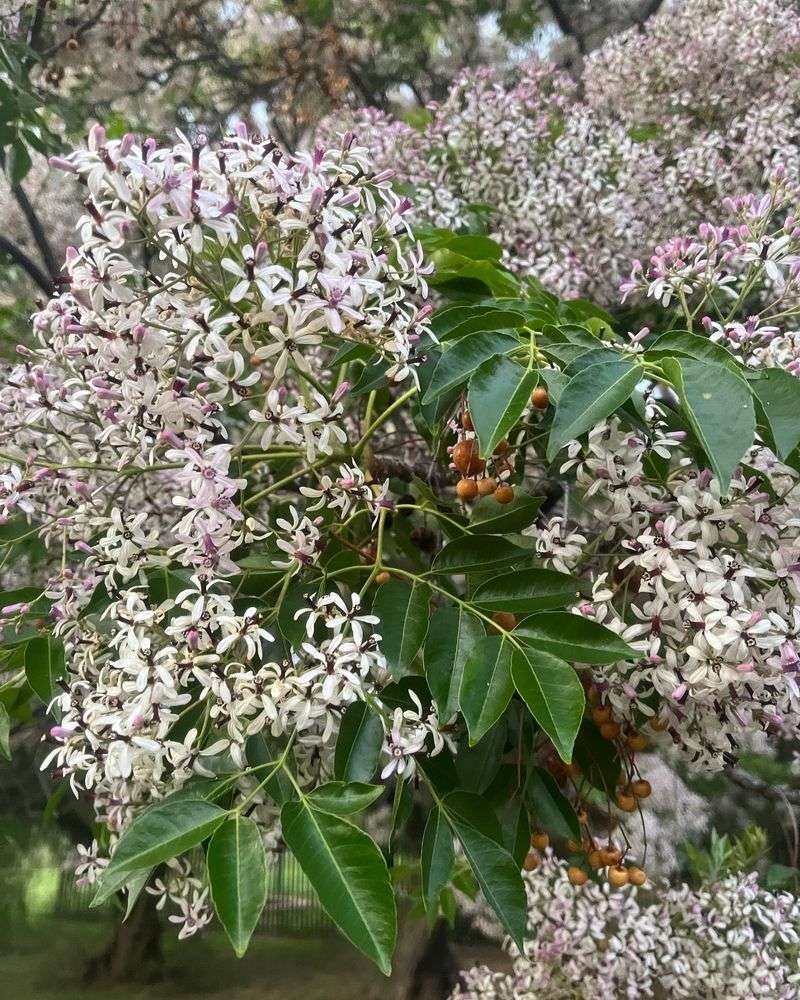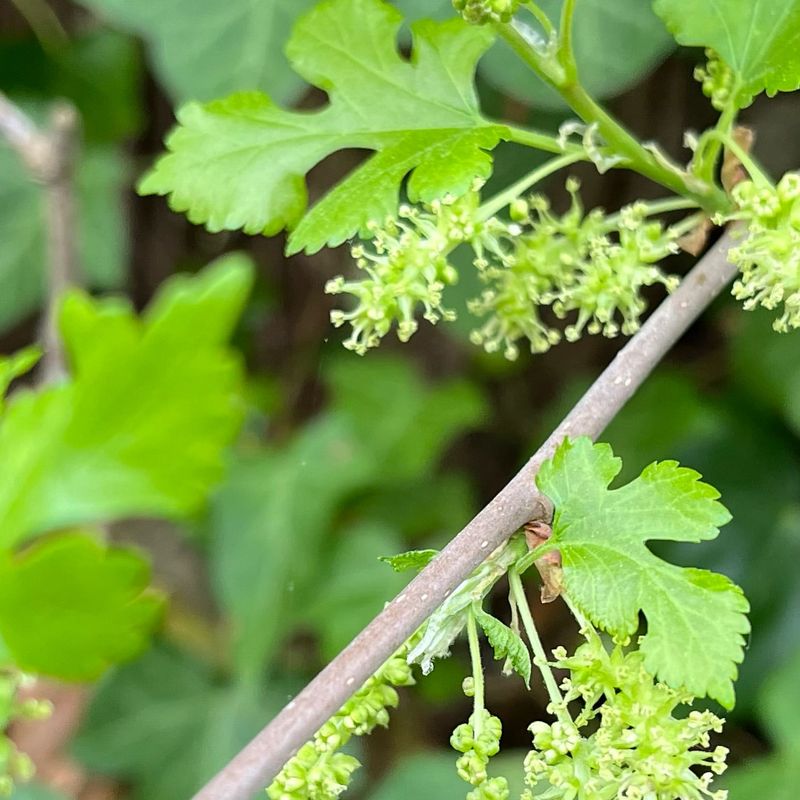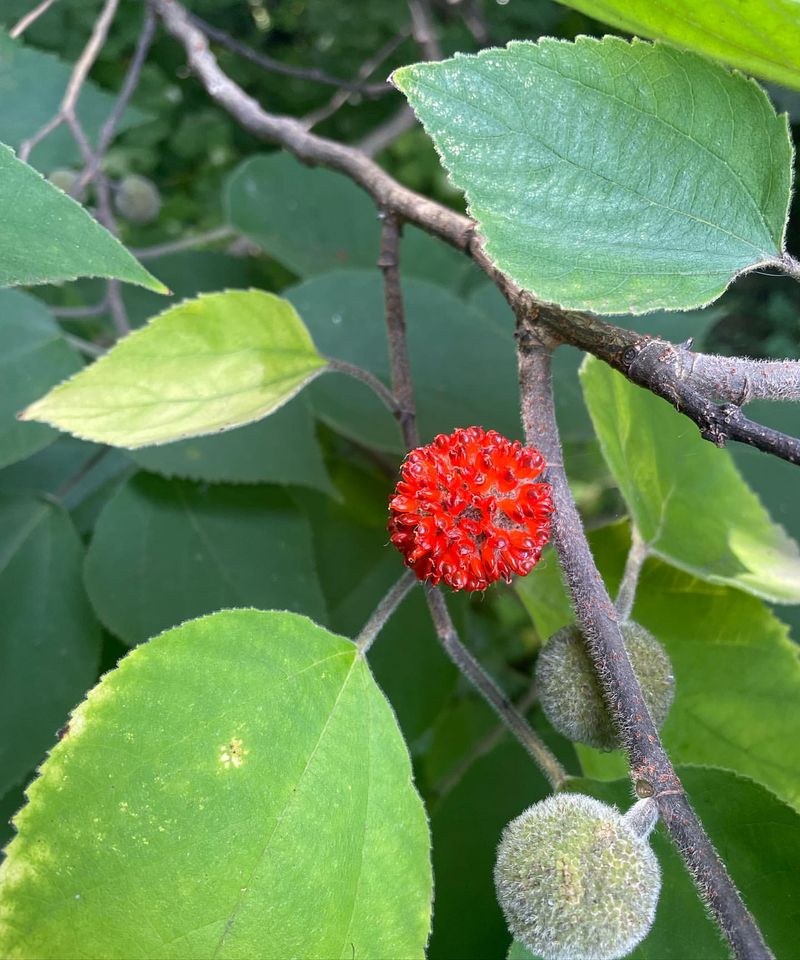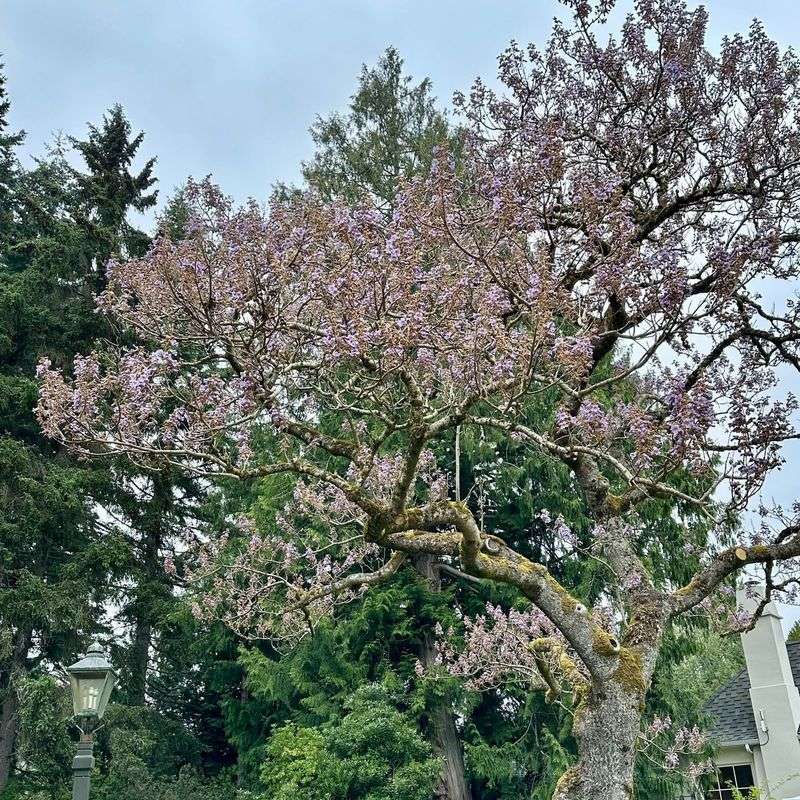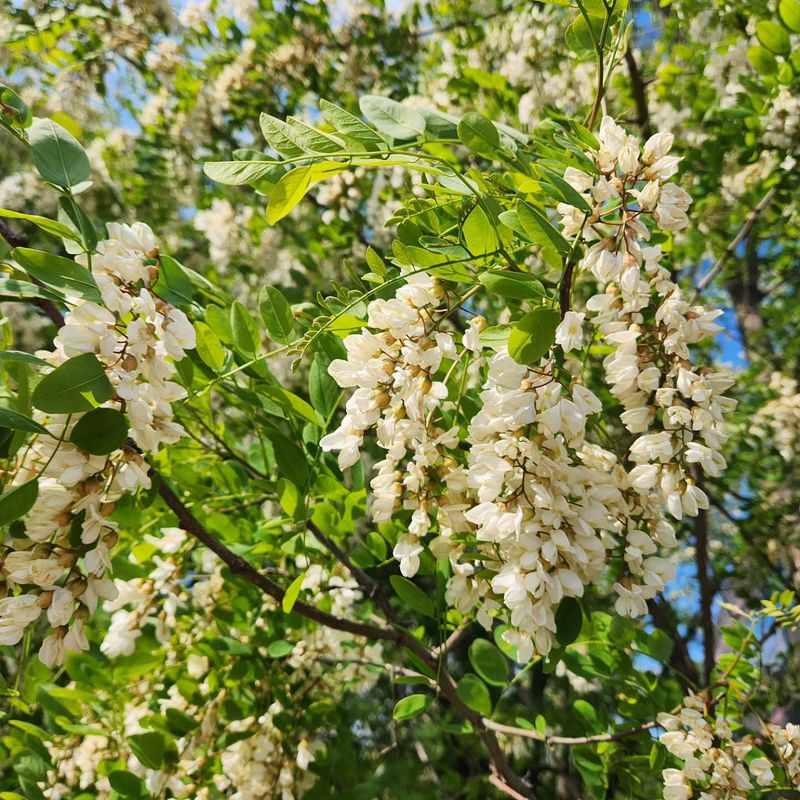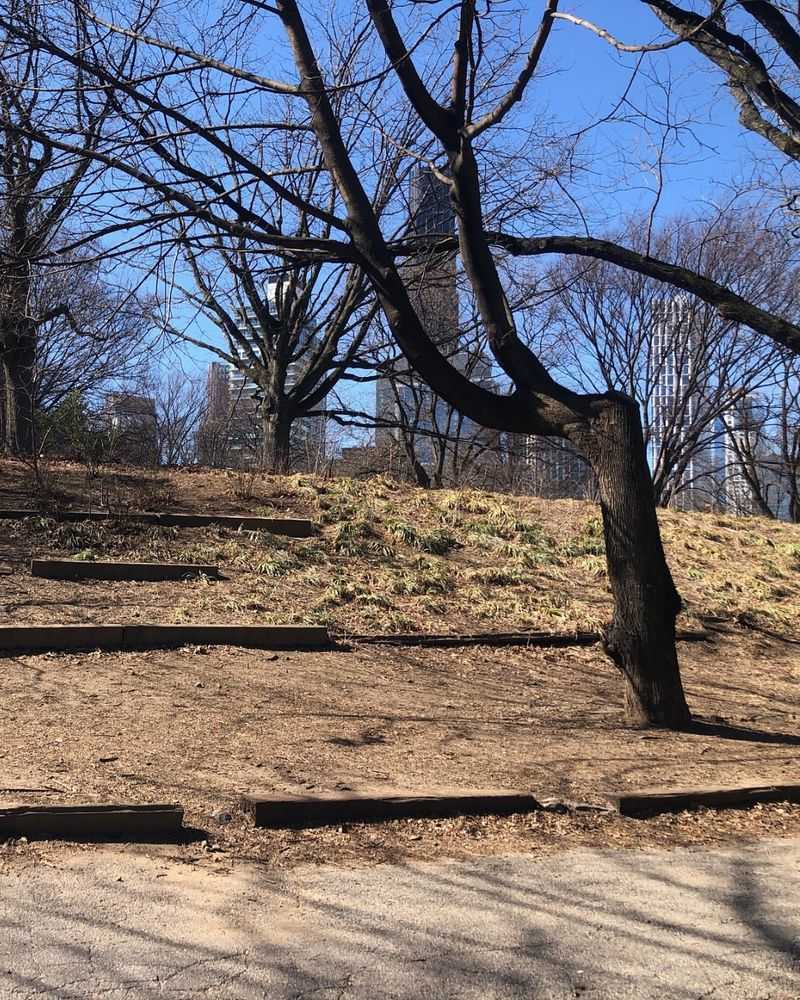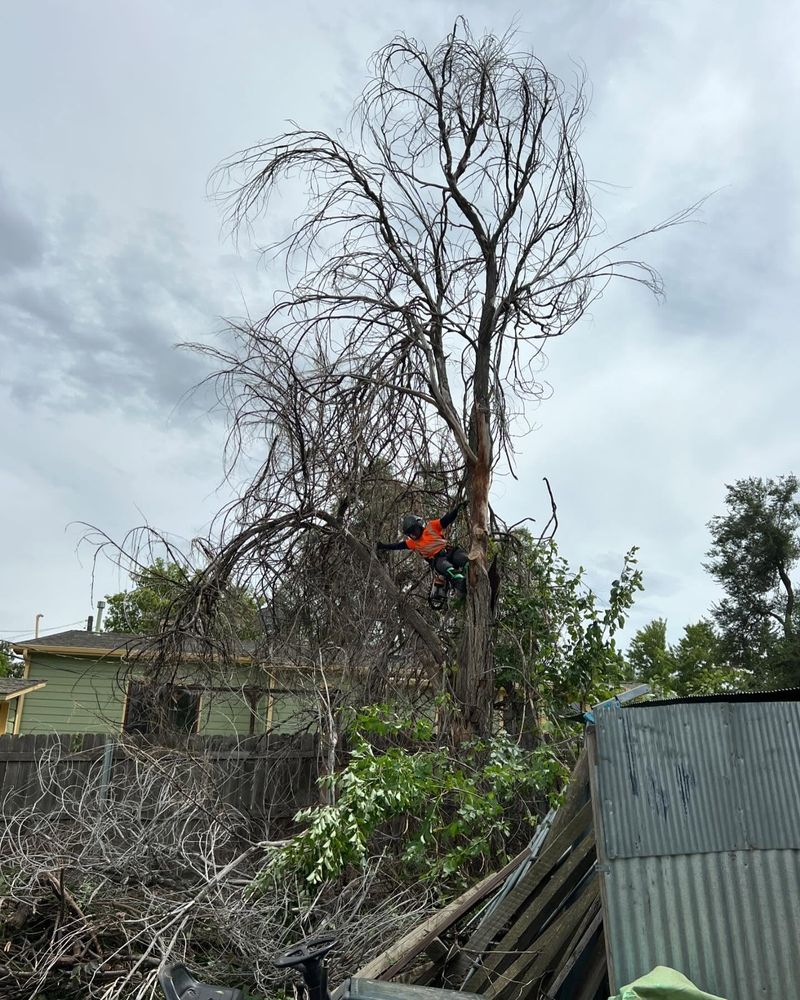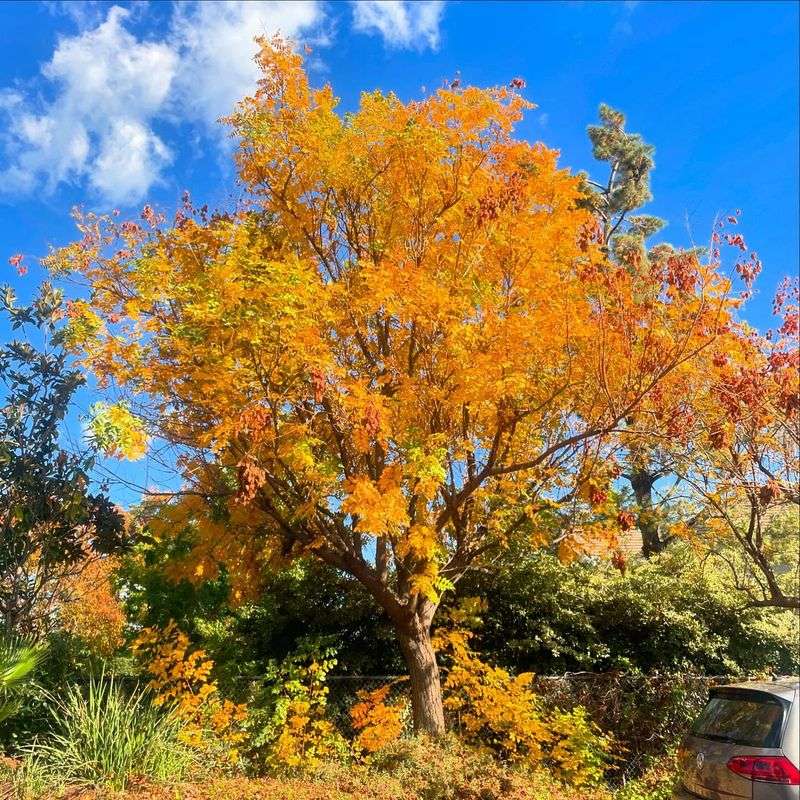Choosing the right trees for your Georgia property matters more than you might think. Some trees can damage foundations, spread diseases, or become invasive nightmares that take over the landscape.
Making smart choices now can save you thousands in removal costs and countless headaches down the road.
1. Bradford Pear
Once a popular ornamental choice, Bradford Pears have fallen from grace in Georgia. Their weak branch structure means they often split and break during storms, potentially damaging your home or car.
The flowers smell terrible too – like rotting fish! Beyond the smell, these trees cross-pollinate with other pear species and have become seriously invasive throughout the state, crowding out native plants.
2. Mimosa Tree
Those delicate pink flowers might look pretty, but Mimosa trees are aggressive invaders in Georgia’s climate. They produce thousands of seeds that sprout everywhere, creating endless seedlings you’ll be pulling for years.
Mimosas are also short-lived trees that develop brittle wood as they age. A disease called Mimosa wilt frequently kills them, leaving you with a dead tree to remove after just 10-20 years of growth.
3. Princess Tree
Don’t let the royal name fool you – Princess Trees (Paulownia tomentosa) are aggressive invaders that spread rapidly through Georgia’s forests. Their purple flowers might catch your eye, but a single tree produces millions of winged seeds that travel far on the wind.
Growing up to 15 feet in a single year, these trees quickly shade out native vegetation. Their shallow roots make them prone to toppling in storms, creating hazards for nearby structures.
4. Tree of Heaven
Despite its heavenly name, this tree is a hellish problem for Georgia landscapes. Tree of Heaven (Ailanthus altissima) spreads aggressively through both seeds and root suckers, forming dense thickets that crowd out everything else.
The crushed leaves emit a foul smell like rancid peanut butter. Even worse, this tree serves as the primary host for the spotted lanternfly, an invasive pest that damages fruit trees and vineyards throughout the region.
5. Leyland Cypress
Many Georgia homeowners plant Leyland Cypress for quick privacy screens, but regret it later. These trees grow incredibly fast – up to 4 feet annually – eventually reaching heights of 70+ feet with no way to control them.
They’re highly susceptible to fatal diseases in Georgia’s humid climate, particularly canker and root rot. During ice storms, their dense foliage collects heavy ice, causing branches to snap and entire trees to fall over on houses and power lines.
6. Chinese Tallow
Known as the “popcorn tree” for its white seed coverings, Chinese Tallow is one of the South’s most problematic invasive species. Birds spread the seeds everywhere, allowing these trees to invade natural areas and displace native plants.
The milky sap irritates skin and eyes, making removal difficult. Fall color might be attractive, but these trees form nearly impenetrable thickets along waterways and in wet areas, altering entire ecosystems across Georgia.
7. Chinaberry
Chinaberry trees produce clusters of poisonous yellow berries that are dangerous to children, pets, and livestock. Birds eat these berries and spread the seeds widely, creating new problem trees throughout Georgia landscapes and natural areas.
The tree’s aggressive root system can damage foundations, sidewalks, and sewer lines. Though drought-tolerant, Chinaberries have weak wood that breaks easily in Georgia’s summer thunderstorms, creating hazards for anything nearby.
8. White Mulberry
White Mulberry trees might provide tasty berries, but they create purple stains everywhere – on sidewalks, cars, and anything below them. The pollen is highly allergenic, contributing significantly to spring allergy problems across Georgia.
Most concerning is their ability to hybridize with our native Red Mulberry, threatening the genetic purity of this important native species. The fast-growing roots frequently cause problems with foundations, plumbing, and septic systems when planted near homes.
9. Paper Mulberry
Paper Mulberry trees spread aggressively through both seeds and root suckers, quickly forming dense thickets that are nearly impossible to eradicate. The fuzzy leaves and stems cause skin irritation for many people who touch them.
The shallow roots frequently damage sidewalks and driveways. These trees also produce massive amounts of pollen that trigger severe allergic reactions in Georgia residents, making spring miserable for sensitive individuals who live nearby.
10. Empress Tree
The Empress Tree’s enormous leaves and purple flowers might look impressive, but this fast-growing invader causes serious problems. Its aggressive root system can lift sidewalks and crack foundations when planted near structures.
After flowering, each tree releases thousands of tiny winged seeds that spread for miles. Young trees can grow an astonishing 10-15 feet in a single season in Georgia’s climate, quickly outcompeting native vegetation and creating dense stands that alter forest composition.
11. Silver Maple
Silver Maples grow rapidly, but this comes at the expense of wood strength. Their brittle branches frequently break during Georgia’s ice storms and summer thunderstorms, creating property damage and safety hazards.
The aggressive, shallow root system is notorious for clogging sewer lines and lifting sidewalks. Fall brings an overwhelming number of helicopter seeds that sprout everywhere. Better alternatives include Georgia natives like Red Maple or Black Gum.
12. Australian Pine
Don’t be fooled by the name – Australian Pines aren’t true pines at all. These fast-growing trees have shallow root systems that make them highly susceptible to toppling during Georgia’s hurricane season and summer storms.
Their dense shade and needle-like debris create a chemical soil condition that prevents other plants from growing underneath. The trees spread aggressively along coastal areas, disrupting dune formation and threatening sea turtle nesting habitats on Georgia’s barrier islands.
13. Eucalyptus
Eucalyptus trees contain highly flammable oils that make them serious fire hazards, especially during Georgia’s dry periods. Their peeling bark and leaf litter create perfect fire-starting material that accumulates around the base.
The extensive root systems compete aggressively for water, making it difficult to grow anything nearby. Though they grow quickly, most eucalyptus species have brittle wood that breaks easily in storms, potentially causing significant property damage.
14. Russian Olive
Russian Olive trees might look silvery and attractive, but they’re aggressive invaders in Georgia. The thorny branches make them painful to prune or remove once established, and they form dense thickets that are nearly impossible to eliminate.
Birds spread the olive-like fruits widely, creating new infestations. These trees fix nitrogen in the soil, changing growing conditions and allowing them to thrive in poor soils where they outcompete native species adapted to Georgia’s natural soil conditions.
15. Black Locust
The fragrant white flowers of Black Locust trees might seem appealing, but they come with serious drawbacks. Large, sharp thorns cover the branches and trunk, making pruning dangerous and creating hazards for children playing nearby.
These trees sucker aggressively from roots, forming dense colonies that are difficult to control. While native to parts of the Appalachians, they become invasive in disturbed areas across Georgia, quickly taking over fields and forest edges with their rapid growth.
16. Camphor Tree
Camphor trees might smell pleasant, but they’re serious ecological threats in Georgia. Birds spread their berries widely, allowing these trees to invade natural areas where they displace native vegetation important to wildlife.
All parts contain camphor oil that can cause respiratory irritation in sensitive individuals. The surface roots damage sidewalks and make lawn maintenance difficult. During Georgia’s occasional freezes, these trees often suffer significant damage, creating hazardous deadwood.
17. Norway Maple
Norway Maples cast such dense shade that even grass struggles to grow beneath them, creating bare, eroded soil in Georgia yards. Their shallow roots compete aggressively with other plants for water and nutrients, making gardening difficult nearby.
The prolific “helicopter” seeds sprout readily, creating unwanted seedlings throughout gardens and natural areas. Unlike native maples, these trees leaf out early and hold leaves late, giving them a competitive advantage that helps them displace important native trees.
18. Siberian Elm
Siberian Elms grow rapidly but develop weak branch attachments that break easily during Georgia’s ice storms and summer thunderstorms. The branches litter yards with debris year-round, creating constant cleanup needs.
These trees produce thousands of small, winged seeds that sprout everywhere – in gutters, garden beds, and cracks in pavement. Unlike native elms, Siberian Elms have little wildlife value while still being susceptible to numerous pests and diseases in Georgia’s climate.
19. Golden Rain Tree
Golden Rain Trees might dazzle with yellow flowers and papery seed pods, but they create long-term problems in Georgia landscapes. The abundant seeds sprout readily, producing unwanted seedlings throughout gardens and natural areas.
These trees often develop multiple trunks that split apart as they mature. They’re particularly problematic near the coast, where they’ve become invasive in some areas. Their brittle wood makes them prone to storm damage during Georgia’s hurricane season.


